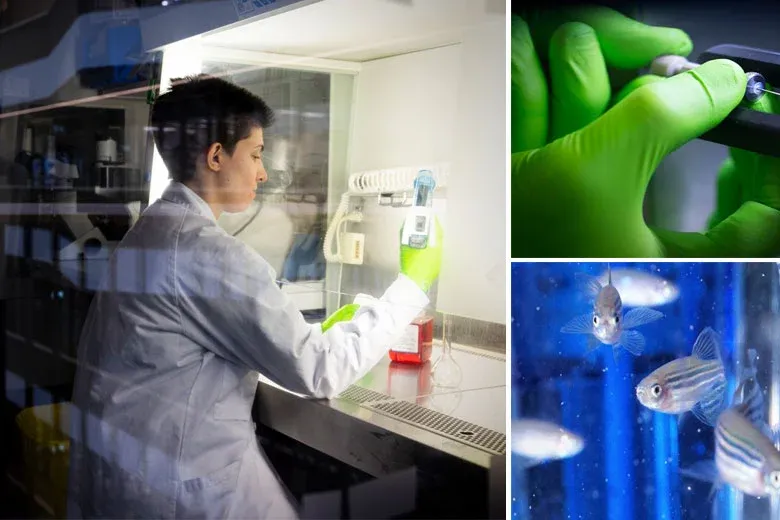The Infrastructure Board's strategy 2025 – 2028
A well-functioning research infrastructure is essential for researchers at Karolinska Institutet (KI). Over time, the Infrastructure Board at KI (Board) has invested increasing resources in research infrastructure to ensure researchers' access to advanced methods and technologies, where quality and resource efficiency require consolidation into specialised units.

The rapid development of methods and technologies requires that KI's research infrastructure is continuously evaluated and developed to be relevant and effective. In 2024, the Infrastructure Board initiated strategic work to ensure access to research infrastructure of the highest quality, relevance and excellence for KI's researchers, both where there is a widespread need (breadth), but also where the need is more limited to certain research areas (excellence), and ensure the best possible conditions for the operation of research infrastructure of the highest quality, and efficiency. The strategic work has been divided into four areas.
Areas
Identifying the needs of researchers
This area is the basis for the Board’s work. The Board aims to work systematically, including seeking advice from an international advisory board, engaging in dialogue with KI’s faculty bodies and line organisation, conduct user surveys and holding open meetings for discussions with researchers.
Researchers’ access to research infrastructure
The Board will work to facilitate researchers’ access to KI’s research infrastructure, both regional (especially at the interface with health care) and national. Within this priority area, the Board intends to develop the processes for allocating operating funds to KI’s core facilities, coordinate collaboration between core facilities and strengthen KI’s participation in national infrastructures. Efforts in data management and data storage are seen as particularly prioritised.
Conditions for the operation of research infrastructure
The Board aims to promote coordinated and customised support in areas such as IT, finance, legal affairs and communication.
Follow-up of actions
The Board prioritises uniform and systematic management procedures and steering documents that describe KI’s quality system for research infrastructure.
The new strategy is an important contribution to strengthening KI's position as a leading research university and ensuring that researchers have the tools and resources they need to continue conducting high-quality research.
